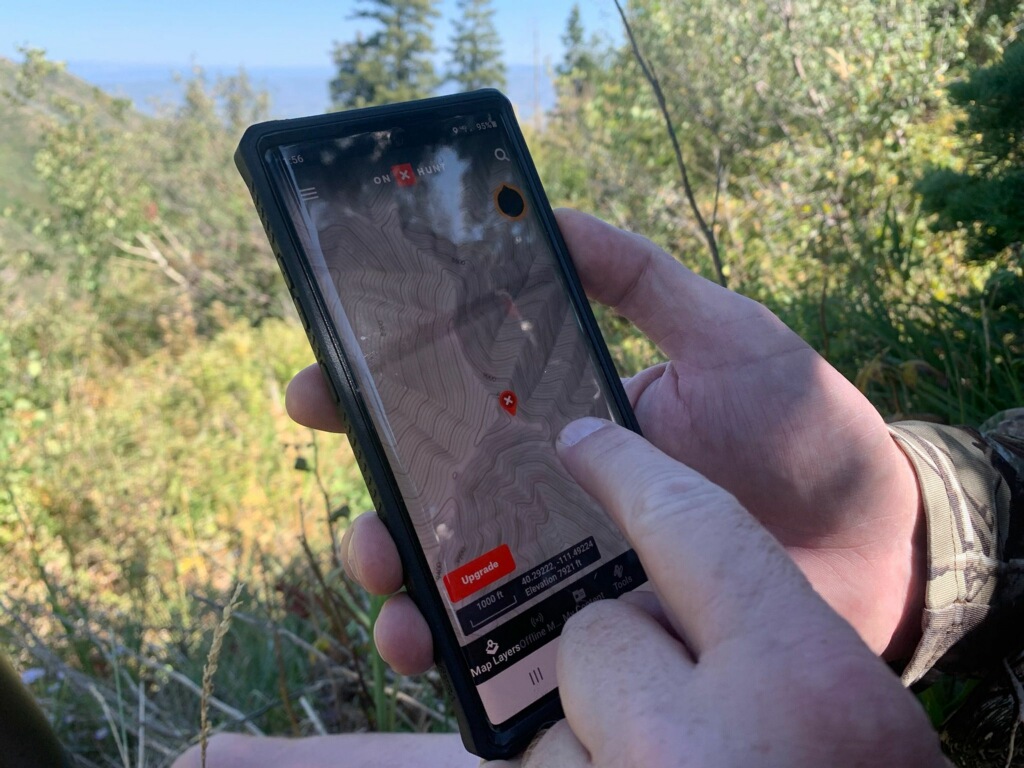How to Maximize Deer Hunting Season
Each of us try to maximize deer hunting season in our own ways, whether by spending more time in nature or trying to fill the freezer for the year ahead.
How to Maximize Deer Hunting Season. Deer season can mean something different to each hunter. While some of us say that being in the woods is enough, many of us would like to eat venison for the next year rather than tag soup. So how do we set ourselves up for success? How can we maximize deer hunting season by being more productive with the days we have?
Do Your Homework
You will likely have a self-imposed limit for how much “stand time” you get each season. Or if you have a family, those limits are set for you. But realistically, most of us have two weeks of paid time off and weekends available. Depending on your job, you may fit a dawn or after work sit in too.
Taking a day off to hunt or scout is a huge chore when you’re driving two or more hours from home. This comment isn't a dig at the deep woods hunters or those who live in the city. When we try to get the most quality woods time possible, we ought to consider taking a look at land closer to home base.
Smaller plots of land are often overlooked because they’re either too accessible or, you guessed it, too small. But farther from the road doesn't always mean more deer.
There are two optimal ways to see if a spot is worth hunting. The first is to check the DNR harvest data - how many hunters tagged out in that spot last year. Many states publish this data so you can track not only the success rate, but also the season that has the best yield. The second is good ol’ fashioned boots on the ground to see firsthand what’s happening.
Scout Efficiently
If your hunting days are limited, scouting is even more crucial. The double-edged sword is that limited hunting days probably means fewer days to scout. If you can't get boots on the ground as often as you'd like, you might use maps like onX.
Using this e-scouting app, you can see property lines, satellite imagery, and topographic details. Satellite imagery won’t tell you what type of forage is available though it will give you a good view of what transitions and edges are in the area. By snooping around on your phone, you can begin to narrow down spots that look promising rather than spend hours you don’t have strolling around in the woods looking for sign.

Note: We mention topography for an important reason. You will do your scouting weeks or even months in advance. In the swamplands of the southern U.S., this means the underwater areas will be meadows come fall. Your water sources and food sources will change. The deer will still bed in high spots, but that marsh may now only be a creek lined with fiddleheads.
Find Food Sources
Find the food sources. Focus on acorns, wild fruit trees, or freshly disturbed areas. By freshly disturbed, we mean logged or burned within the last year or two. Especially with the latter, the soil will host a variety of young shoots that are excellent forage for all animals and give a good field of view when hunting.
If you find yourself in an area bordering a farm, no amount of acorns will keep a deer away from a corn or bean crop. Don't set up on a fence line, landowners don’t typically like this. But scout to find the trails leading to and from these agricultural buffets from bedding areas.
Pick Your days
Ideally, your hunting will happen during the peak rut, when bucks are love-crazed and willing to venture out during the day. Between local fish and game agencies, publishing rut forecasts, and Realtree’s rut report community, it is relatively easy to select when most activity should happen in your area. During the rut and after, you will do well to focus your attention on those food sources. Congregating does mean more cruising bucks will stop by. Post-rut those same bucks will need to replenish their body weight.
Get Creative
If your goal is to get the maximum harvest from a season, it's going to require you to step outside your routine. If you are traditionally a rifle hunter, you may consider checking out Pennsylvania with the late flintlock season. In the southern states like Florida and South Carolina, hunters can climb into the stand in late summer. Exploring other weapons systems can extend your regular hunting season while also giving you potential access to specialized hunts and units.
More planning typically means more time in the field. By familiarizing ourselves with the plants and seasons, we can have the seemingly innate knowledge of the woodsmen of legend; while keying into behaviors and patterns can help increase our chances of filling the freezer. Scouting, planning, and even considering a new hunting platform like the flintlock can help us maximize deer hunting season from early fall throughout the winter.

